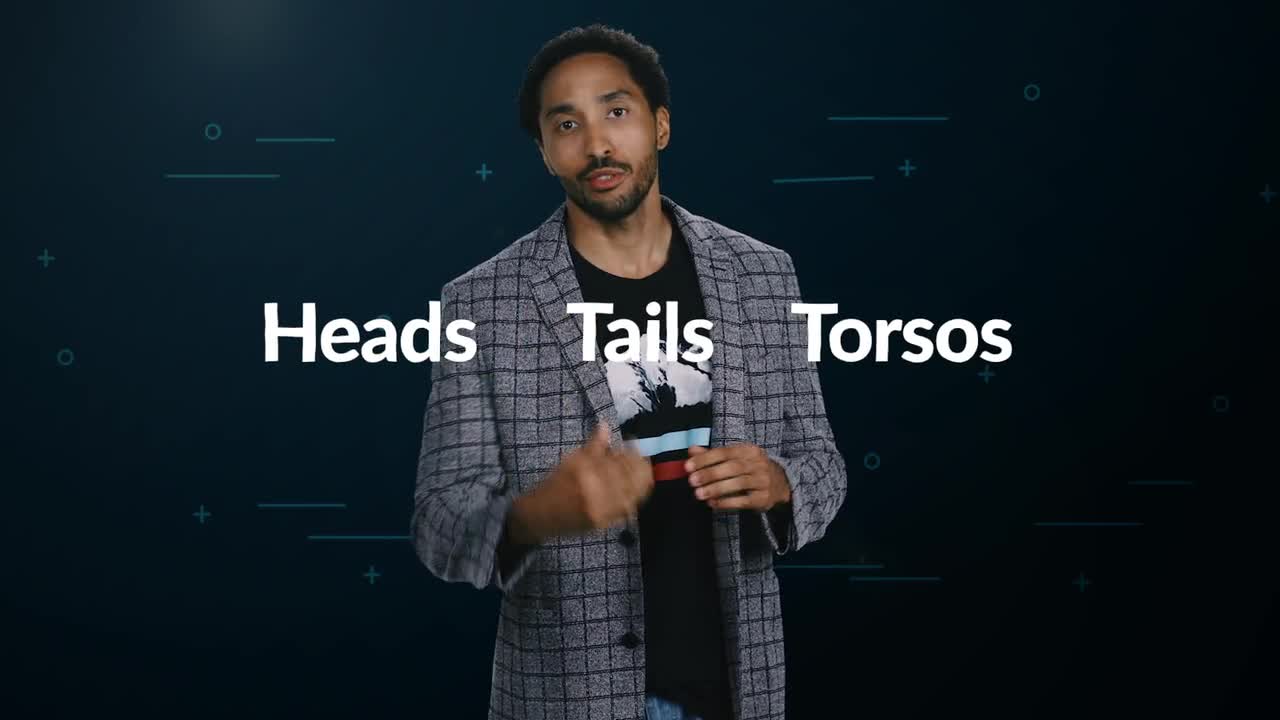Using Head-Tail Query Analysis to Increase Conversions
Head-Tail analysis is a technique used for increasing engagement (and conversions) by analyzing what’s popular – and what’s not – and why. Watch now:

We’ve all had the experience of searching for something online and not finding it – and the results not even being close to what we want. The words in our queries can have double meanings and can lead the machine to produce odd results.

There are three types of searches: heads, tails, and torsos.
- A head query is one that gets searched for frequently and get a majority of the engagement
- A torso query is one with a fair amount of search volume and engagement but not as much as a head query
- And the long tail are the queries that don’t get submitted often and don’t get much engagement or any clicks
Head queries make up the largest volume of queries and tend to be short words or phrases. Tail queries are a higher volume of fewer queries that tend to be longer words or multi-word phrases. The torso is everything else in between.

How can we make tail queries more successful? By looking at signals and other user behavior to figure out intent.
Head-tail analysis can help find misspellings, word order, synonyms and all that to fix the queries so they perform better, increasing engagement and conversions.